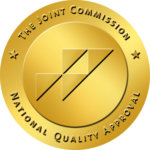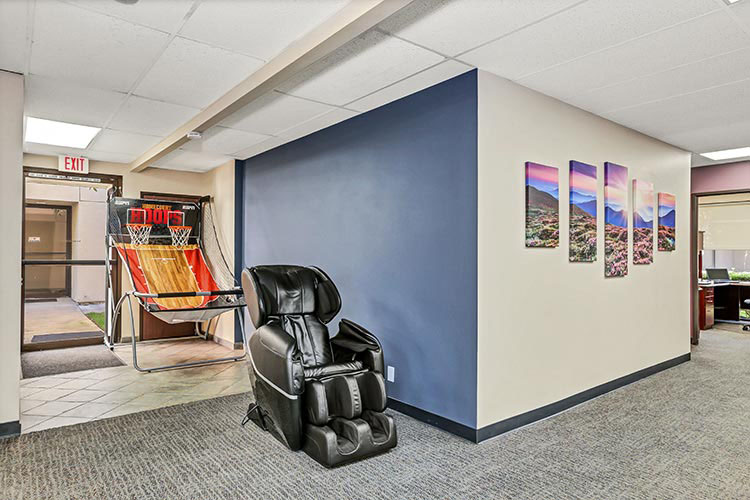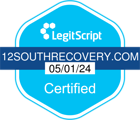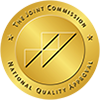Key Takeaways:
- Methadone withdrawal can cause long-lasting physical and emotional symptoms that may require professional care.
- Detoxing from methadone is safest and most effective when done under medical supervision, like at 12 South Recovery.
- A supportive environment and ongoing care after detox play a key role in helping individuals manage symptoms and reduce the risk of relapse.
The Double-Edged Role of Methadone in Recovery
Methadone is often used to treat opioid addiction and has helped many people break free from substances like heroin and prescription painkillers. But stopping methadone isn’t easy. Because it stays in the system longer than other opioids, withdrawal symptoms can be especially drawn-out and challenging. People often wonder: what happens to your body when you stop taking methadone? The answer involves both physical discomfort and emotional strain, which can feel overwhelming without proper support. At 12 South Recovery in Lake Forest, CA, we’re here to help individuals safely stop abusing methadone. If you or someone you care about is dealing with methadone withdrawal symptoms, you don’t have to go through it alone. Our expert staff is ready to help you through every step of the process.

What Is Methadone and Why Is It Prescribed?
Methadone is a synthetic opioid used to manage chronic pain and treat opioid addiction. Because methadone is long-acting, it helps reduce cravings. It also eases withdrawal symptoms in people addicted to opioids like heroin or oxycodone.
It’s a medication that activates the brain’s opioid receptors without producing the same euphoric high. It helps stabilize people in recovery, but dependency on methadone itself can develop, especially when taken for long periods.
Many patients start methadone treatment in opioid addiction programs with medical oversight. Eventually, some individuals choose or need to stop taking methadone. This can trigger withdrawal symptoms that require proper care and medical supervision.
What Is Methadone Withdrawal?
Methadone withdrawal refers to the physical and psychological effects that happen after a person stops using the drug. This occurs once the body becomes physically dependent. It’s your body’s reaction to the absence of a drug it has grown used to.
Symptoms often mirror other forms of opioid withdrawal but may last longer due to methadone’s extended half-life. The onset typically begins within 24–36 hours after the last dose and may continue for several weeks.
These symptoms arise because your brain has adapted to methadone. When the drug is no longer present, your nervous system becomes hyperactive. This leads to a range of uncomfortable physical sensations and emotional responses.
Common Methadone Withdrawal Symptoms
Withdrawal symptoms can vary from person to person. Factors such as how long methadone has been used, the dosage, and overall health all play a role. But common symptoms include:
- Anxiety
- Restlessness
- Nausea and vomiting
- Sweating
- Muscle aches
- Chills or goosebumps
- Runny nose and watery eyes
- Abdominal cramps
- Insomnia
- Depression
- Intense cravings
These symptoms can make it very difficult for someone to stop methadone on their own. Many people ask, what do drug addicts feel during withdrawal? The answer includes both intense physical pain and emotional distress, making professional care essential.
How Long Is the Withdrawal Period for Methadone?
Methadone withdrawal tends to last longer than withdrawal from short-acting opioids. This is because the drug leaves the body at a much slower rate. Here’s a general timeline:
First 24–36 hours:
Mild symptoms such as anxiety, restlessness, and muscle aches begin.
Days 2–7:
Symptoms peak. Expect nausea, vomiting, diarrhea, and insomnia. Cravings are usually at their strongest during this period.
Weeks 2–4:
Physical symptoms begin to lessen, but emotional symptoms like anxiety, mood swings, and depression may linger.
After 1 month:
Protracted withdrawal can continue, including sleep disturbances, irritability, and cravings. This stage requires long-term support and monitoring.
Attempting detox without help can lead to relapse or serious health risks. That’s why many people turn to professional centers like 12 South Recovery for medical detox and support services.
What Helps With Methadone Withdrawal?
Professional detox services are often the safest and most effective way to reduce symptoms and prevent complications.
Medical Support
A medically supervised drug detox helps reduce symptoms using tapering methods, comfort medications, hydration, and nutritional support. In some cases, clinicians may prescribe alternative medications to assist with symptom management.
Emotional and Psychological Care
Mental health professionals play a vital role during methadone withdrawal. They offer counseling and listen without judgment. Mental health professionals help individuals process the anxiety, depression, and trauma that often surface during this difficult time.
Supportive Environment
At 12 South Recovery, we offer a safe, structured environment where individuals feel secure. This can make all the difference when going through something as difficult as drug withdrawal.
Withdrawal from Methadone at 12 South Recovery
When patients arrive at our Lake Forest facility for methadone detox, they receive more than just basic care. At 12 South Recovery, we create a personalized withdrawal plan that focuses on comfort, safety, and long-term success.
Key features of our methadone detox program include:
- Individual assessment and medical monitoring
- Emotional support from experienced addiction counselors
- Access to residential and outpatient drug rehab services
- A plan to manage both physical withdrawal and mental health needs
Withdrawal from methadone at 12 South Recovery is overseen by a compassionate team. They understand how serious and complex substance abuse and opioid addiction can be. We don’t just help patients detox, we help them move forward with hope and dignity.
The Role of Drug Rehab After Methadone Detox
Detox is just the first step. Long-term success often depends on addressing the deeper causes of addiction through structured drug rehab.
After methadone withdrawal symptoms subside, patients are encouraged to enter ongoing therapy, participate in group counseling, and build coping strategies that support recovery.
At 12 South Recovery, our drug rehab programs support individuals in all stages of recovery from opioid addiction. We offer both residential and outpatient options to fit your schedule and your goals.
Why Seek Help for Methadone Withdrawal?
The opioid crisis has shown how powerful and dangerous opioid medications can be. Methadone, though helpful for many, carries its own risks when used long-term. Stopping without support increases the chances of relapse and overdose.
If you’re wondering whether you or someone you love needs help, here are a few signs:
- You’ve tried to stop methadone but couldn’t due to withdrawal symptoms
- You’re using more methadone than prescribed
- Methadone use is interfering with daily life
- You experience strong cravings or emotional distress when you try to quit
12 South Recovery is here to support you every step of the way. From the earliest signs of drug withdrawal to full drug addiction recovery, we’re by your side.
Begin Healing From Methadone at 12 South Recovery
Methadone withdrawal symptoms can be intense and long-lasting, but they don’t have to define your life. With the right help, it’s possible to move beyond substance abuse and toward a future where you feel stable and in control.
At 12 South Recovery in Lake Forest, CA, we help people safely withdraw from methadone. We also guide them into effective drug rehab programs to support lasting recovery. You don’t need to struggle alone. Let us guide you toward a healthier, more stable future.
Reach out to 12 South Recovery Today!

